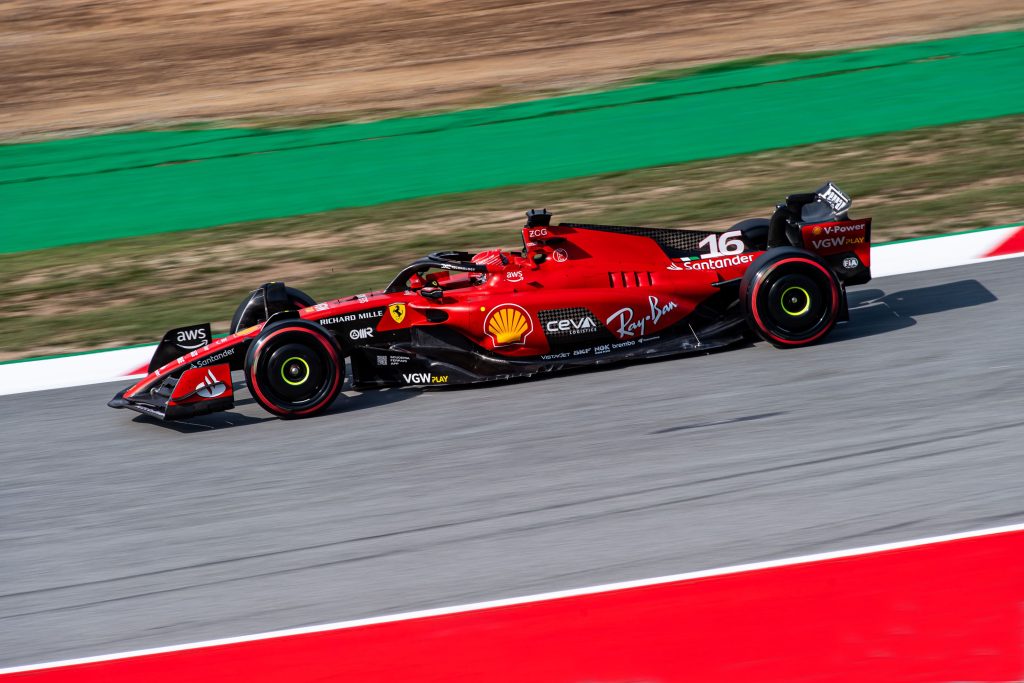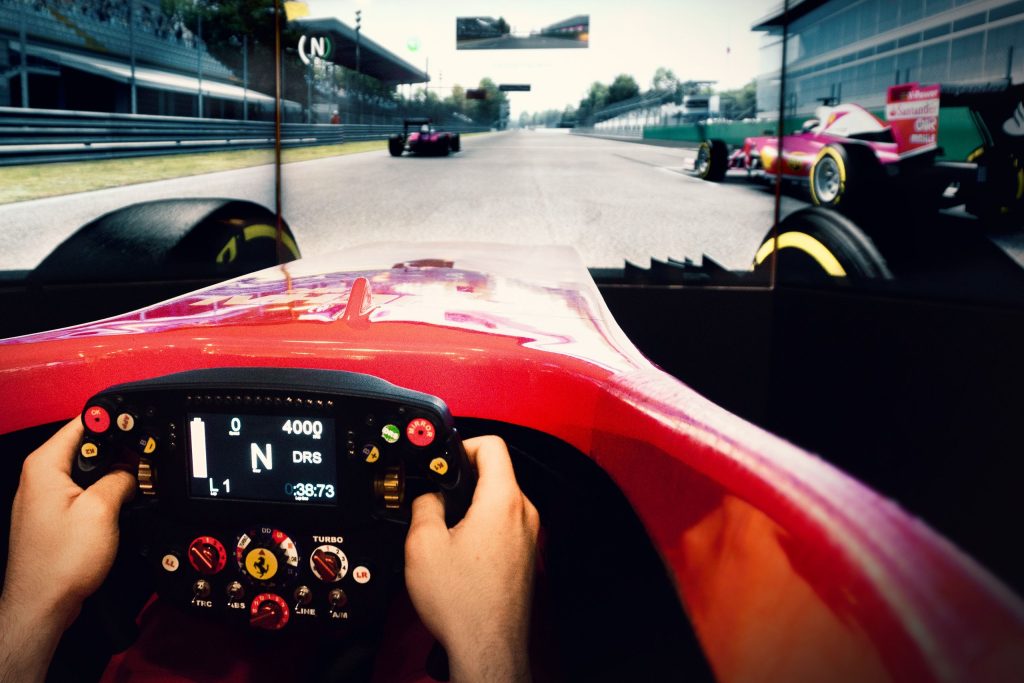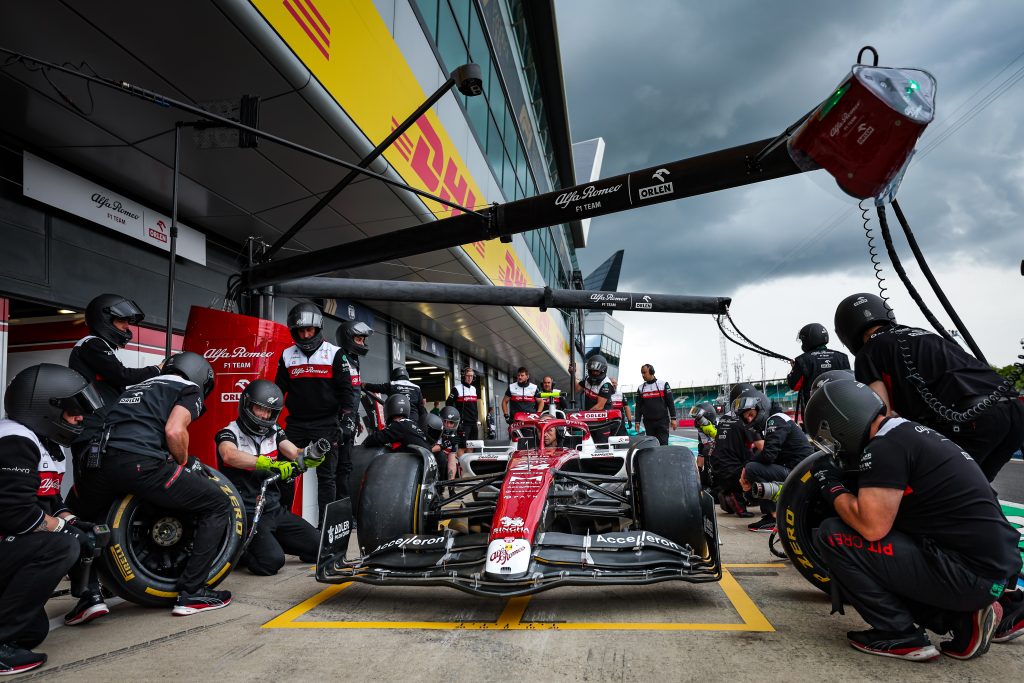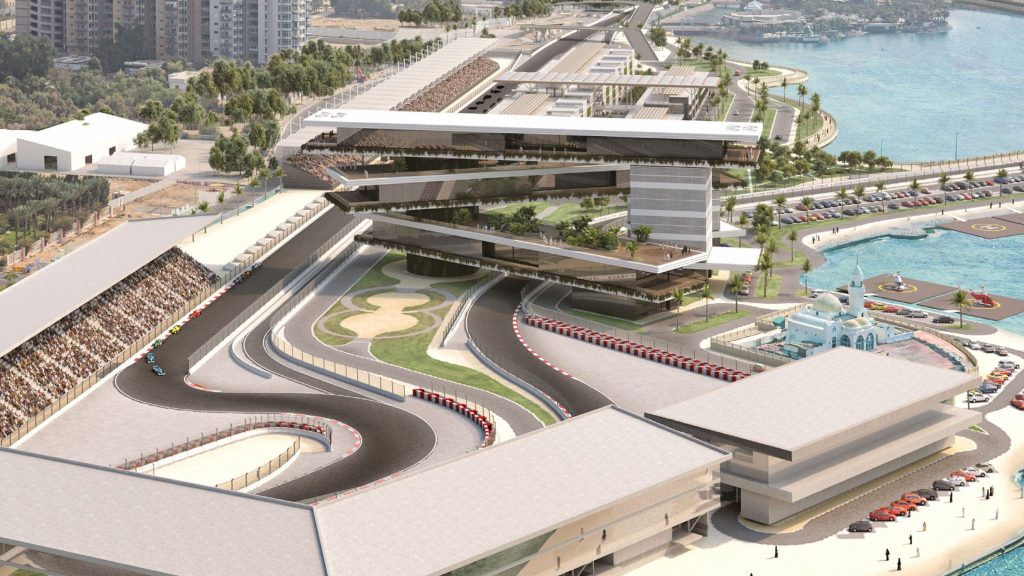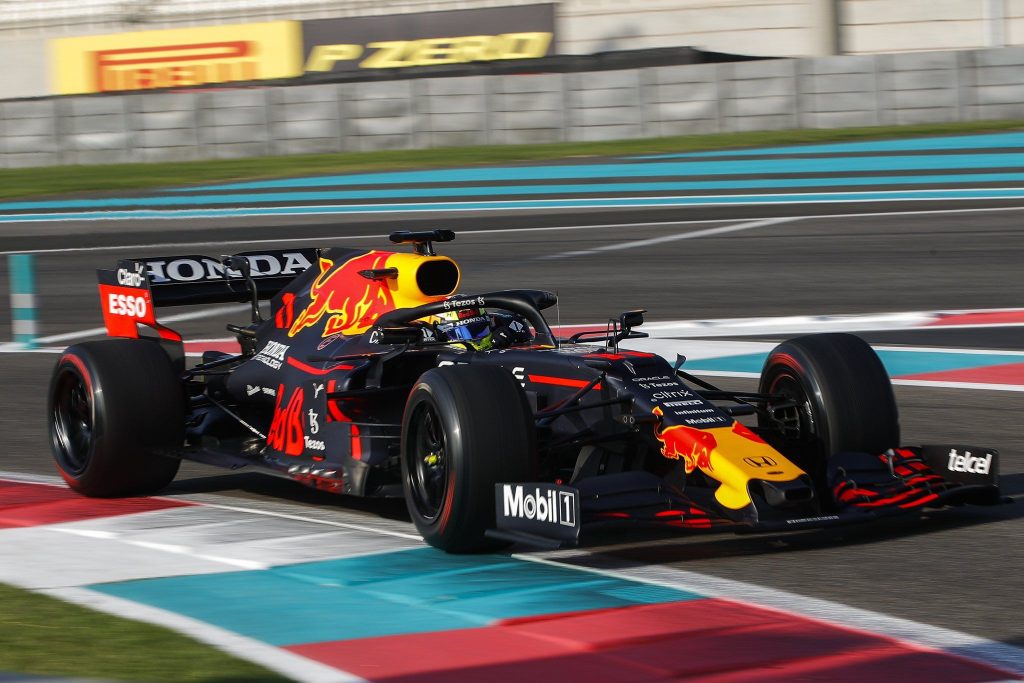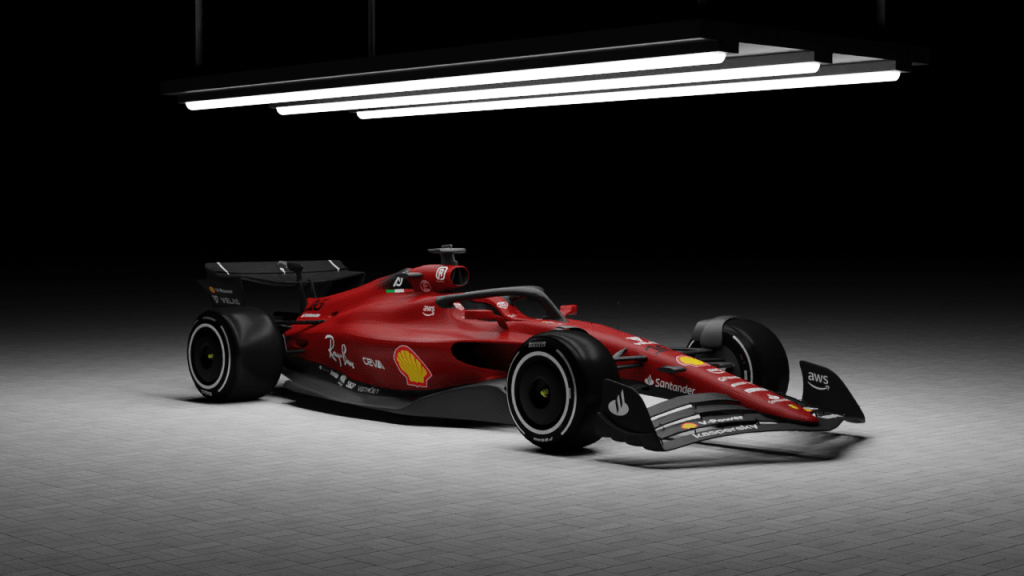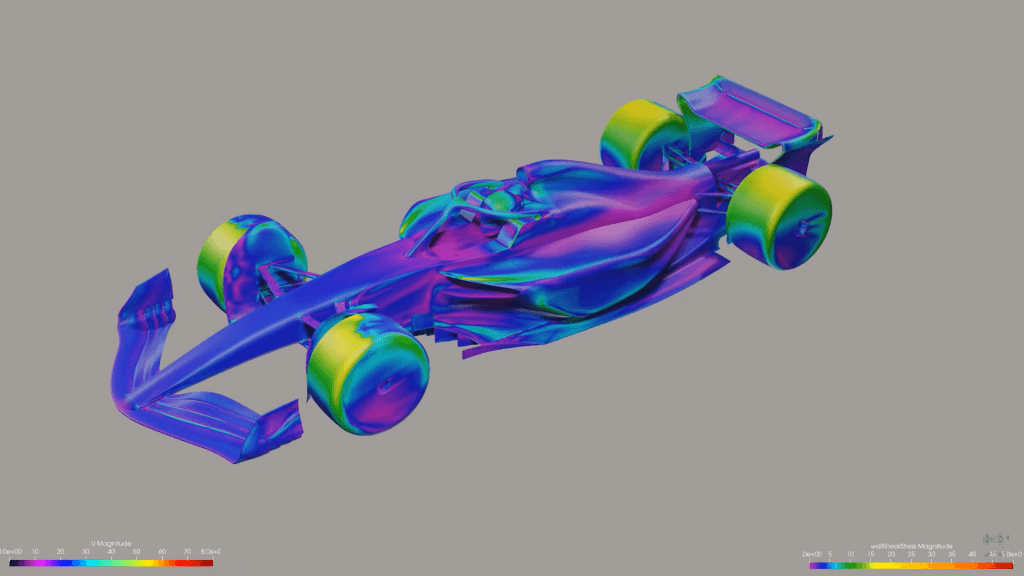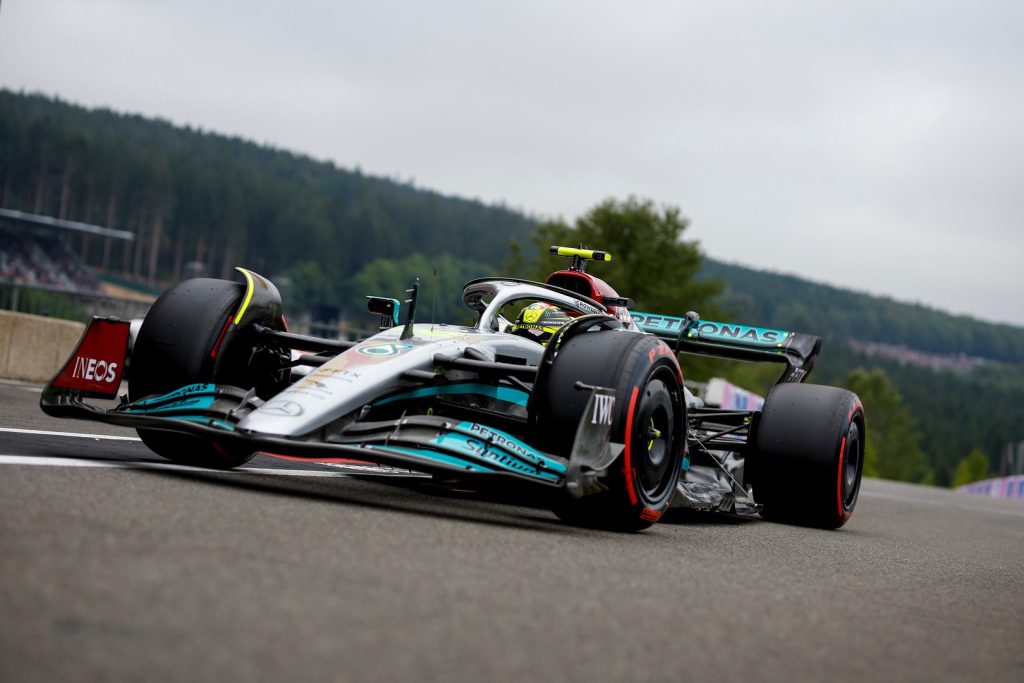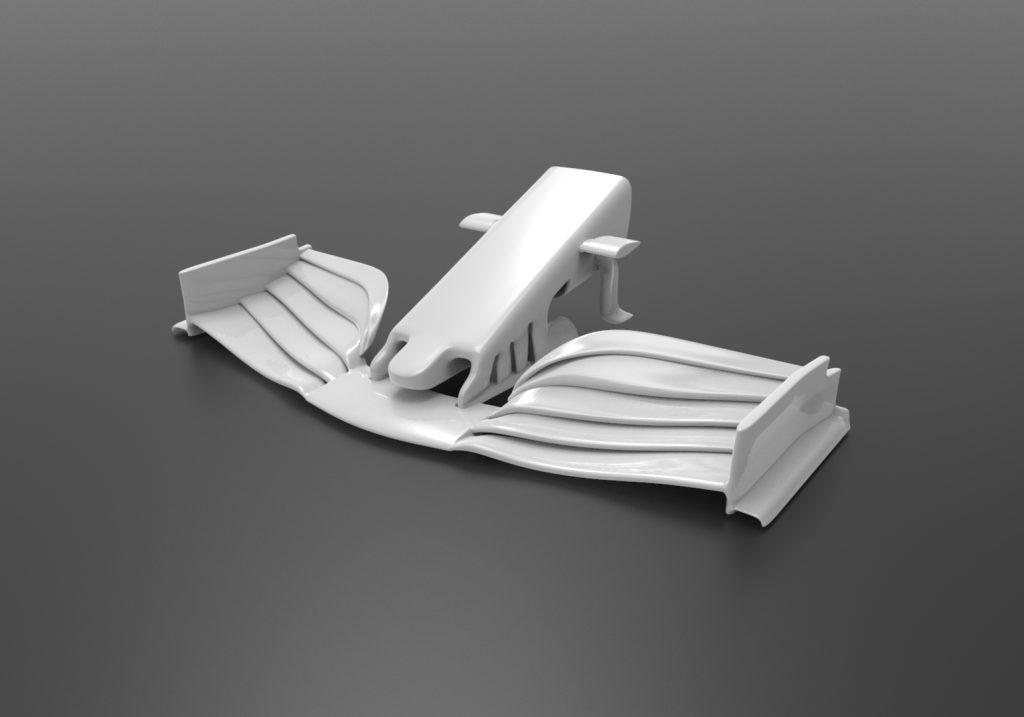How The Altitude Effect Pronounces On A Formula 1 Car
On the race track, altitude makes more than just a breathtaking view – it can strikingly bias a car’s performance. As Formula 1 cars travel at extreme speeds, the elevation at distinct circuits demands a well-thought-out perspective to fine-tune engines and aerodynamics to warrant they excel. This effect is a genuine phenomenon that sways engine […]
How The Altitude Effect Pronounces On A Formula 1 Car Read More »


